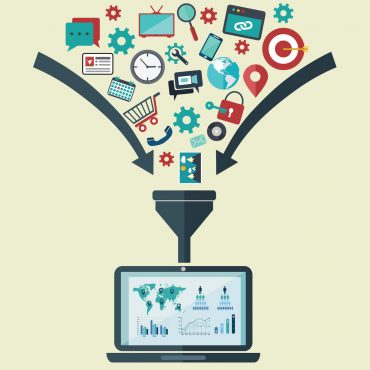
Setting real-time standards for identity verification will only become more important as our digital world continues to expand and scammers become more sophisticated.
It’s no secret that the COVID-19 pandemic has greatly impacted almost every aspect of our lives and businesses over the past year, and its effect on fraud is no exception. The global move to remote work and mandated lockdowns has led to a large rise in the adoption of digital solutions and online activity, with businesses scrambling to digitally transform quickly enough to survive. This accelerated digitization has changed the way that many industries operate online services, including in healthcare, education, finance, and government. Real-time identity insights can help.
See also: AI Brings Real-Time to Fraud Detection and Prevention
The move to digital and online during the pandemic has, unfortunately, created more opportunities for scammers to increase their fraudulent activities and become more sophisticated. As a result, we saw an increase in fraud rates globally, with fintech fraud more than tripling as customers switched to online banking and mobility fraud increasing as consumers leveraged alternative forms of public transportation such as scooters or mopeds. According to our data, the cryptocurrency boom that we saw in January has also already resulted in a 22% increase in recurring fraud, similar to organized crime, where groups of fraudsters attempt to open as many crypto accounts as possible.
On top of this, between elections, fake news, trolling, and online bullying, misinformation on the internet has become the new normal. What has transpired over the last year is proof that identity verification is essential for any online service. As we continue into 2021 and fraud rates continue to rise, it’s never been more critical for businesses to ensure their customers are who they’re claiming to be.
A growing need for online verification
Identity verification processes continue to evolve at a rapid pace. Banking and payments that had once been completed on-location, on paper, can now be completed with the swipe of your phone. Some phones are now protected by facial recognition serving as a password, where they used to be accessible to anyone who got their hands on them.
As companies try to remain competitive in our increasingly digital environments, it’s inevitable that more previously customer-facing interactions will be occurring on-screen instead of in-person. Anyone who uses digital systems needs their online platforms to have powerful and trustworthy security systems in place. In fact, as more businesses have moved online, we’ve seen the global identity verification market boom during the COVID-19 pandemic, and it is projected to more than double by 2025.
But as fraud threats increase, so do consumers’ concerns about their personal data and how it is used online. According to Salesforce, 46% of consumers feel they’ve lost control over their own data, and 70% of Americans believe their personal data is less secure now than it was five years ago. There are some critical steps organizations can take to help protect against this rise in fraud and bridge the trust gap with their customers, including the growing importance of real-time identity data.
Fighting fraud with real-time identity insights
Having real-time identity verification capabilities and access to real-time identity data can mean the difference between fraud detection – detecting fraudulent behavior after it occurs – and fraud prevention. This enables fraud to be stopped before it begins, saving the company money and protecting their customers’ experience. Real-time facial biometrics, for example, add extra security and eliminate the chance of fake IDs getting through.
On top of this, today’s customers expect speedy processes from the start. If the verification process takes too long or is too complicated, they will likely give up and move on. A real-time verification process provides a better user experience and, thus, higher conversion rates.
Detecting fraud is most efficient when cross-linking and combining several vectors and technological data points. It’s easier to fake one parameter, like changing a photo on a document, but to fake a combination of different parameters is more challenging and expensive for scammers. Leveraging a combination of device, network, document, video, biometric, and behavioral information concurrently properly balances speed, accuracy, and fraud prevention in the verification process and can help with accurate, real-time identification.
Advances in machine learning and artificial intelligence (AI) technology are also enabling fraud detection tools to become faster and smarter. AI algorithms used to scan identity data and images can be constantly updated to stay ahead of fraudsters and eliminate disruptive factors such as blurred images for more consistent and dependable identification. Tools such as assisted image capture help reduce user error and cut down on resubmissions, so users get verified on their first attempt, thus creating a faster and easier verification process for customers.
Looking ahead
Setting real-time standards for identity verification will only become more important as our digital world continues to expand and scammers become more sophisticated. As businesses and consumers work to navigate their “new normals” in a post-pandemic world, trust between both parties must be built and nurtured, and this begins and ends with fast, accurate, and secure identity verification processes.



























